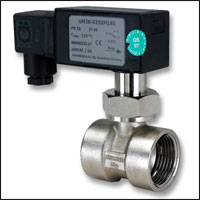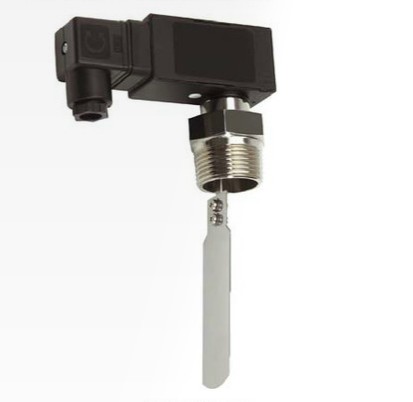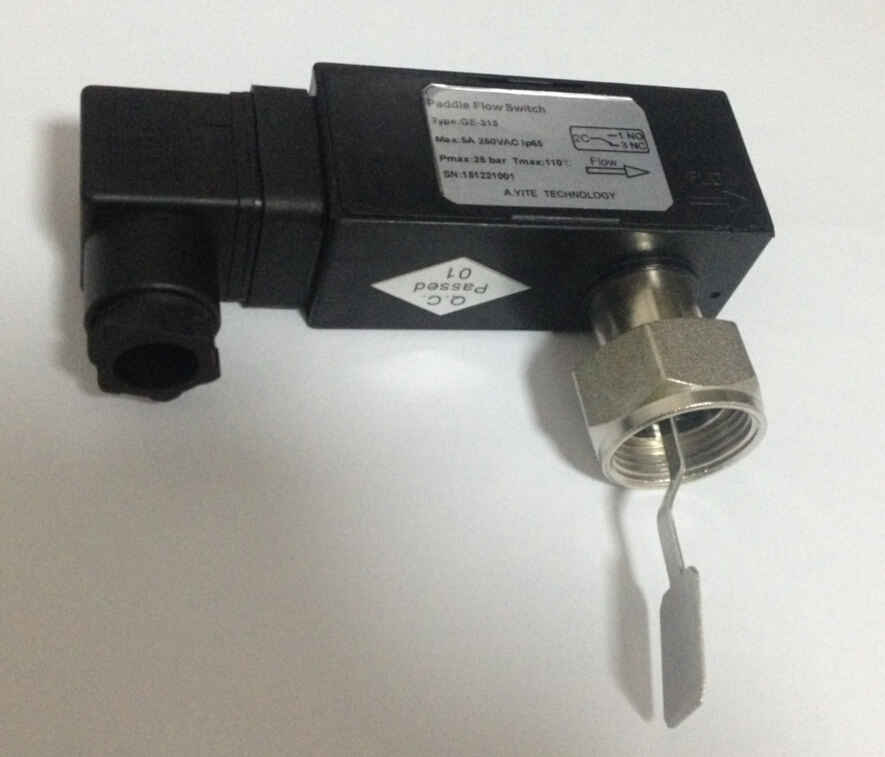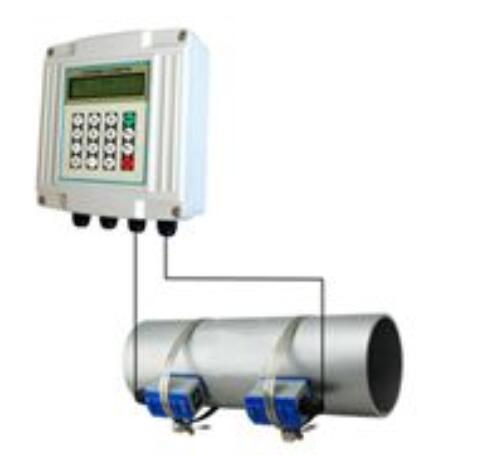The function of flow switch
Flow switches are mechanical devices used in controlling the flow of air, steam, or liquid. A flow switch operates by conveying a trip motion (relay, reed switch, paddle) to another machine within the system, usually a pump. The trip signal will indicate to the pump to turn on or turn off. It is necessary to provide damage protection and circuit cooling or adjust flow rates that are too high or too low.

Definition of Flow
Flow refers to the velocity or physical movement of gas, steam, or liquid within a pipe that triggers the actuation of the flow switch. When there is no flow present, the velocity either drops or completely stops; in either case, the switch will revert to its original position.
Flow Switch Uses
A liquid flow switch is applicable in chlorination of a swimming pool, hot water heating, air conditioning, liquid transfer systems, fire sprinkler systems, and industrial laser cooling systems.

Water flow switches are implemented in water sprinkler systems. In the case of a fire, for example, a flow switch can trigger an electrical fire alarm device to turn on.
Air flow switches are used to clean room filter systems, exhaust ventilation, and air treatment systems.
Flow switches are used in many other applications, such as:
Water treatment systems
Additive or blending systems
Air supply systems
Duct type heating
What are some of the functions of a flow switch?
Flow switches perform precise functions based on set requirements. They are capable of stopping a motor when there is no flow as well as triggering the same motor to run once the flow starts. It can sound an alarm when the flow arrests, and it can turn off the alarm when the flow rate reaches an appropriate level.
Since flow switches play such an integral role in many industries, there are a few important considerations.
Measuring flow rate accurately is crucial. This is inferred by calculating the change in dynamic energy or velocity; the velocity, in turn, is dependent upon the pressure differential that forces the liquid through the conduit or pipe. Since the cross-sectional area of a pipe is constant and known, the velocity is a good indication of the flow rate. Calculating the flow rate must be done as it assists in setting flow switches to a pre-determined close function.
In closing, here are some types of flow switches to consider for your specific use.
Vane-Operated Flow Switch

A vane-operated flow switch relies on fluid pushing against an internal paddle. As the flow drops to preset levels, it triggers an internal magnetic mechanical and coupling switch actuation lever which essentially trips the switch.
Variable Area Flow Switch
This device has an internal piston which activates the switch. The flow enters a port and adds pressure to the magnetic poppet; once this pressure hits the preset level, the switch will turn off.
Ultrasonic (Doppler) Flow Switch

Attached to the outside of a pipe, ultrasonic sensors send signals when it detects a change in the flow.



